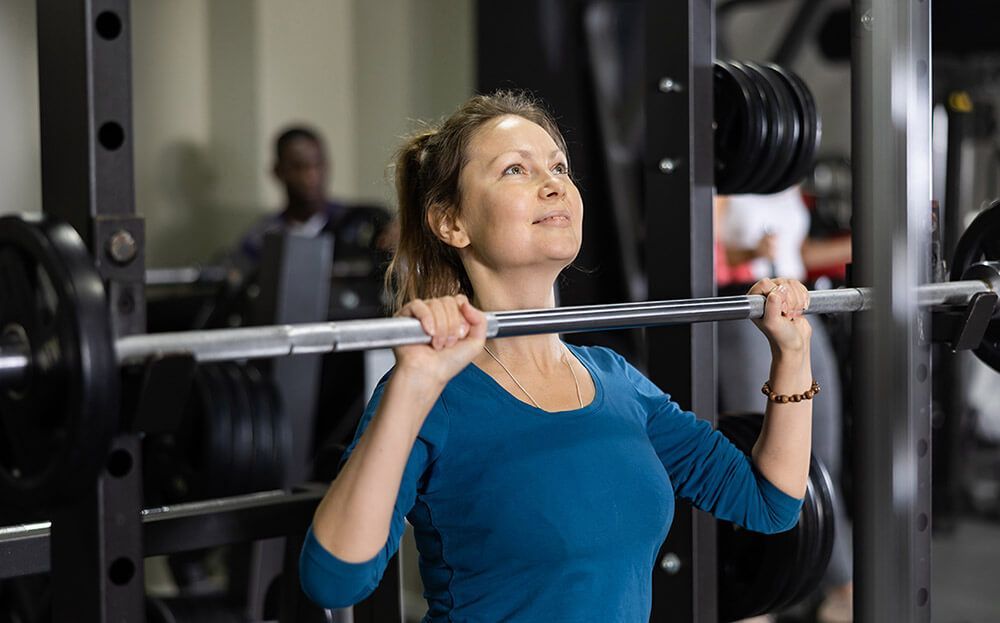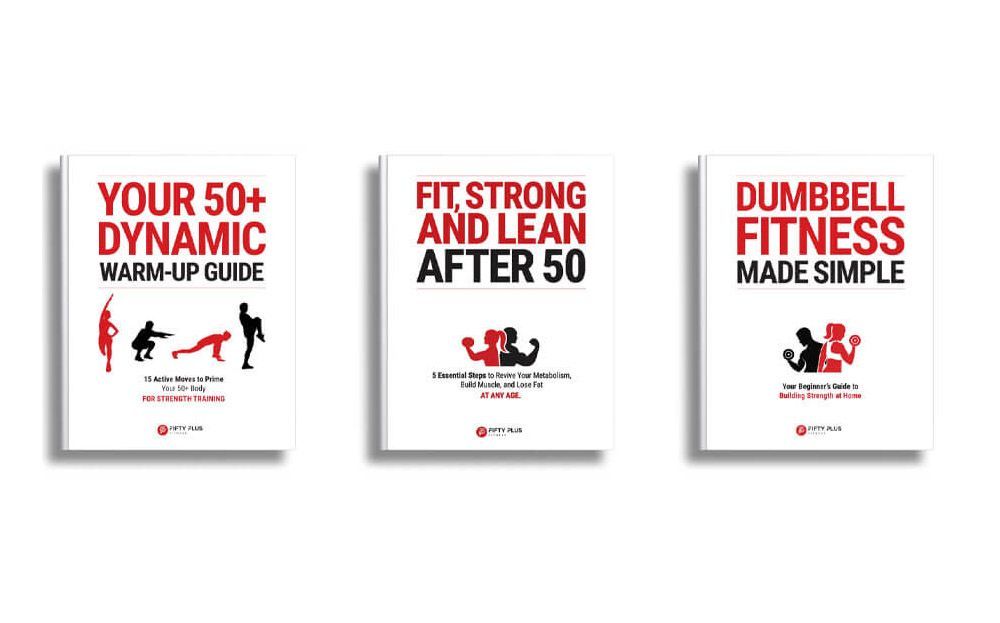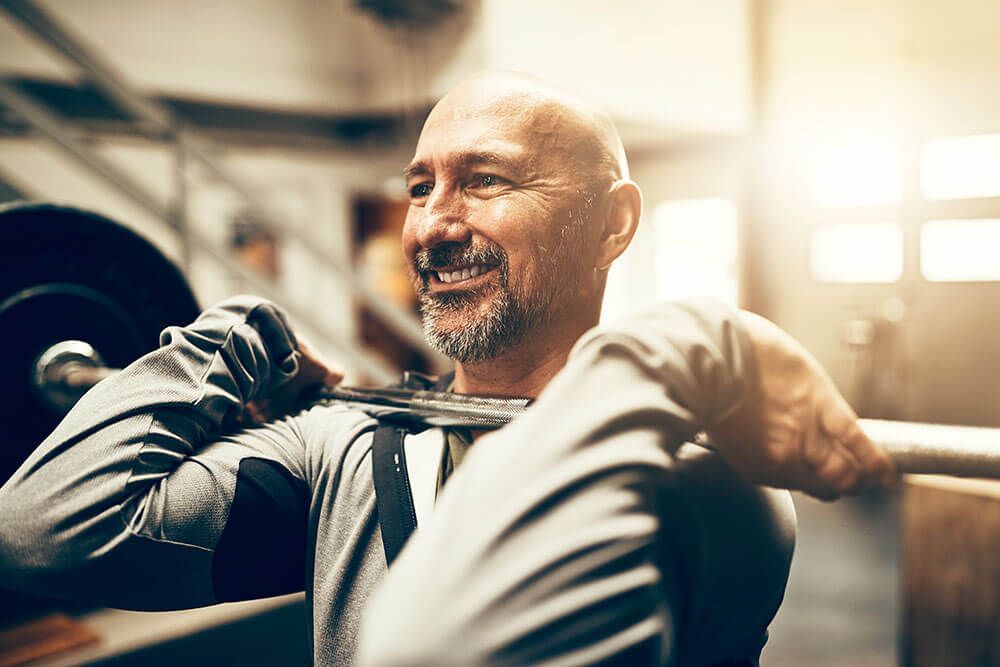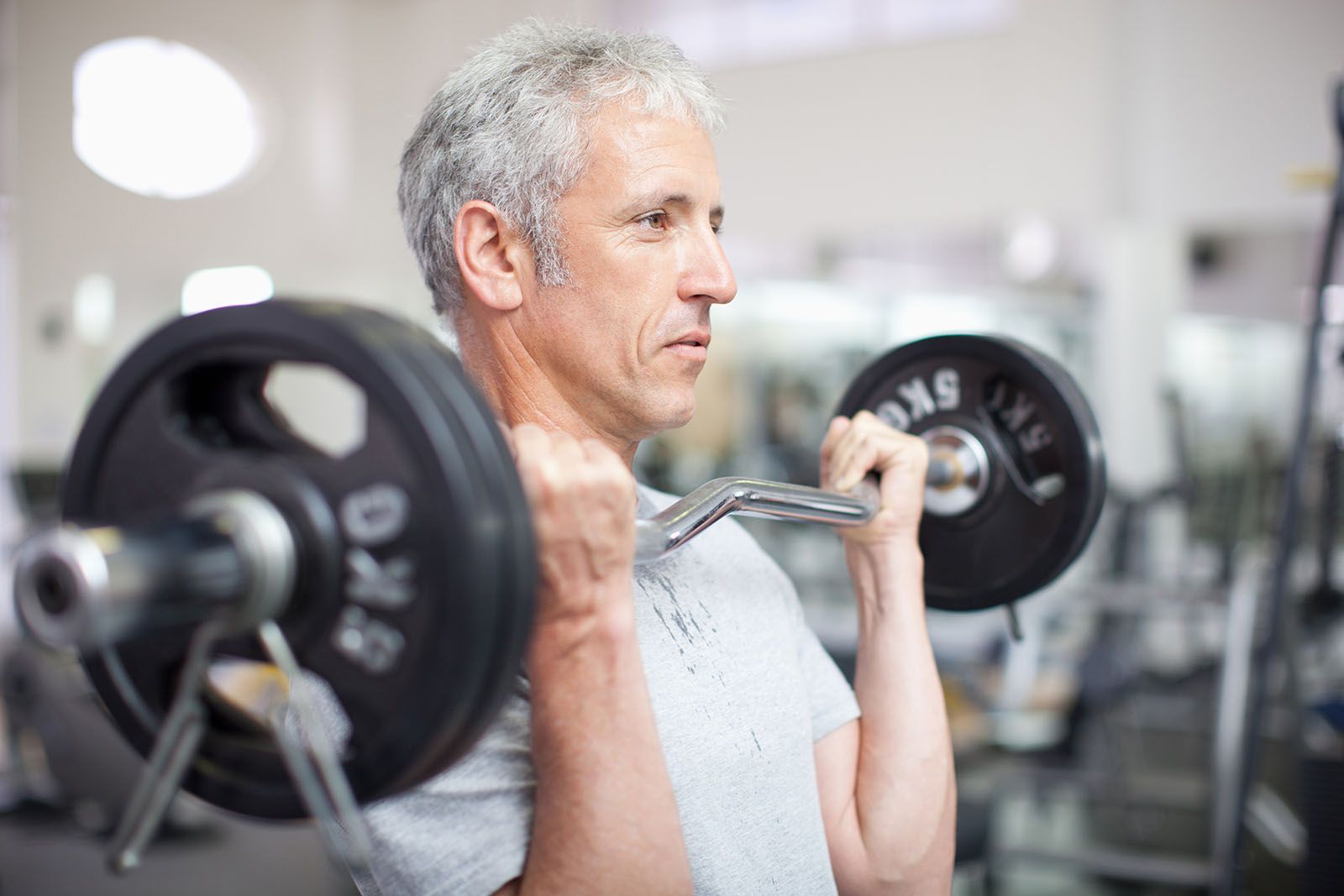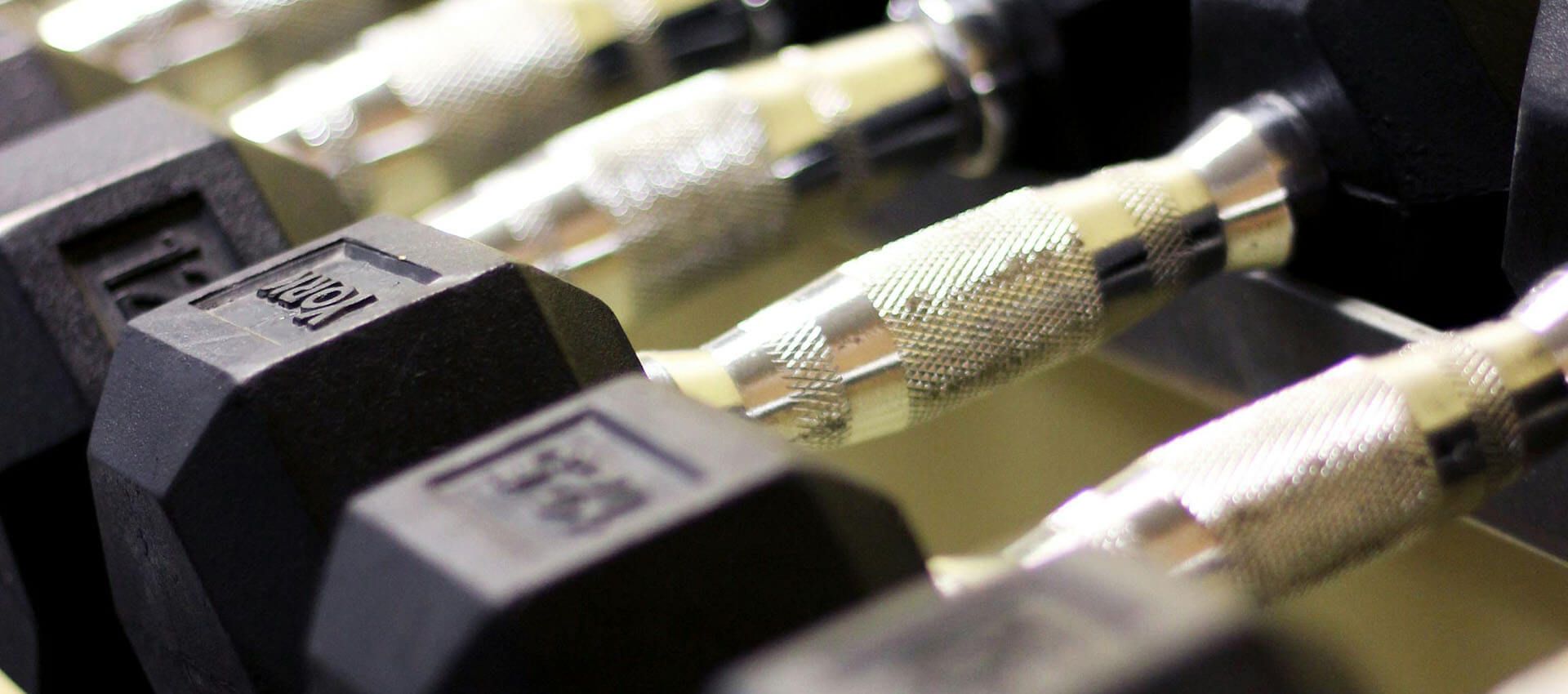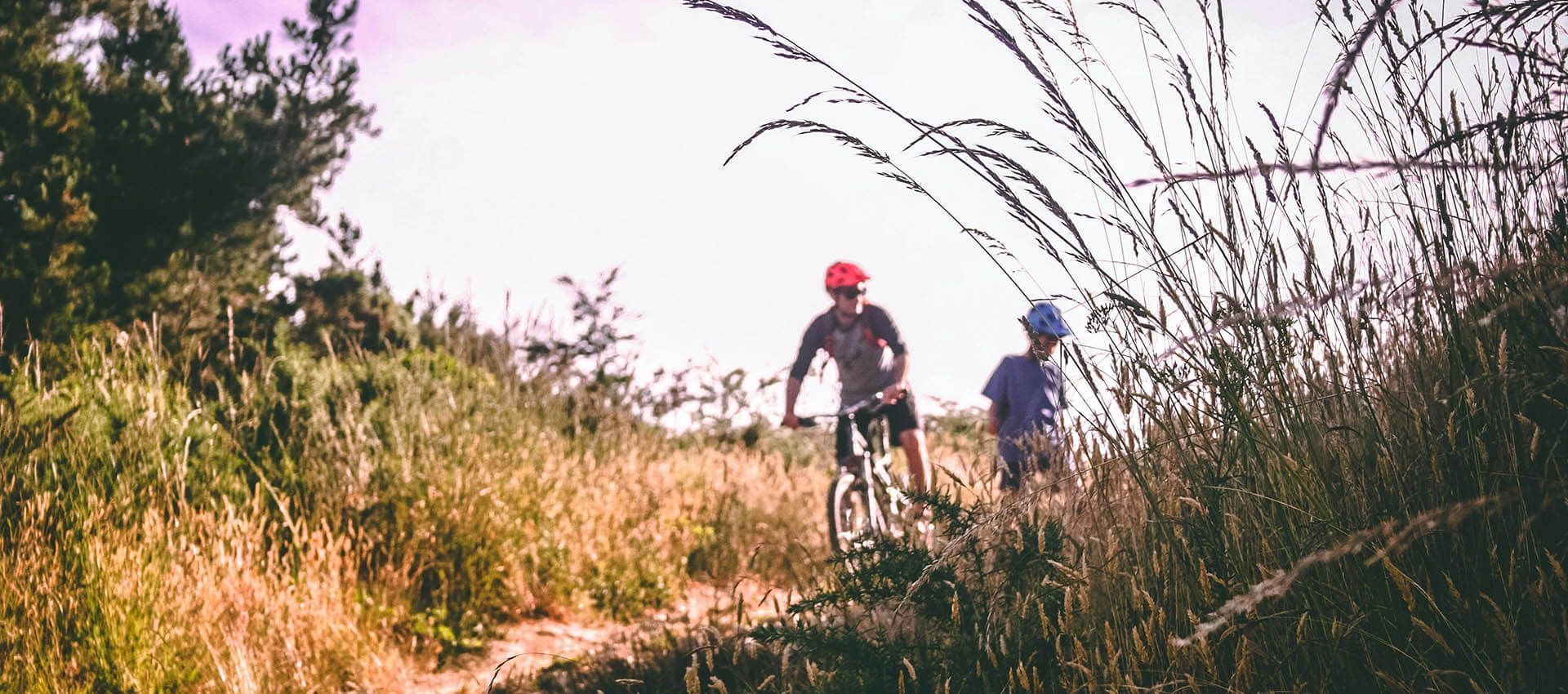Pickleball Power in Fort Collins: Elevate Your Game with Tailored Strength Training

In recent years, Pickleball has surged in popularity and has become a mainstay in the fitness routines of Fort Collins residents and pickleball enthusiasts throughout the U.S.
The surge in pickleball's popularity is undeniable.
According to a recent report by the Association of Pickleball Professionals, over 36.5 million people engaged in pickleball from August 2021 to August 2022 (Source:
CNBC).
Pickleball has evolved into a widespread craze, bringing players of all ages to the courts, and is now an integral part of Fort Collins's active lifestyle.
So, the Pickleball craze isn't just a passing trend, and it’s no secret that Northern Colorado residents will embrace every opportunity to stay active and engaged.
However, after hitting the courts, Pickleball reveals its demands, going beyond injury risks to the need to elevate your game. Enter specialized strength training for Pickleball players – a dual solution: enhancing your skills while helping prevent injuries.
Now that pickleball has become a Fort Collins staple, let's get into the need for personalized pickleball strength training, a key element in preventing injuries and elevating your game.
Leveraging Strength and Mobility for Pickleball Success
While pickleball is less intense than tennis, it's more demanding than many think. The frequent squatting, jumping, and sudden stops required can lead to injuries if you don’t properly train for the game. And for people who love the game, strength and mobility training can be a game-changer.
Strength training designed for pickleball players strengthens your body against its physical demands, crucial for players over 50, who face higher injury risks. Common among this demographic,
pickleball injuries often occur when transitioning from a sedentary lifestyle to frequent court play.
Strength and mobility training can help prevent pickleball injuries, and according to this article, "most of the
pickleball injuries seen were all either strains or overuse injuries.” Like any sport, increased play heightens injury risk. So, to keep playing the game you love and minimize injury, condition your body with proper training.
Engaging in resistance training significantly reduces the risk of sports injuries for adults of all ages by strengthening muscles, tendons, and joints.
So, enhance your pickleball game
and prioritize a crucial activity for those over 50 – strength training. This not only prevents injuries but also addresses concerns like osteopenia, underlining the importance of resistance training as you get older.
Pickleball Exercises: Essential Exercises for Strength, Agility, and Injury Prevention
Pickleball blends finesse with athleticism, requiring more than meets the eye. With elements like speed, agility, and rapid directional changes, you must be fit. Whether seasoned or a beginner, a tailored personal training approach is essential for enhancing performance and preventing injuries.
1. Planks
Building a solid foundation for pickleball starts with this time-tested plank exercise. Strengthening your core is not just about aesthetics; it's how you enhance the dynamic movements needed on the pickleball court.
Planks work your core and strengthen your pelvis, hips, stomach, and lower back—an essential mix for enhanced stability and balance.
Benefits:
Planks target the pelvis, hips, stomach, and lower back. The resulting stability and balance improvements directly impact your pickleball game, especially during those crucial moments of hip and upper body rotation when swinging at the ball.
How To Plank:
- Begin on the ground with elbows beneath shoulders and legs extended.
- Engage your core and glutes to create full-body tension.
- Maintain a straight line from head to heels, avoiding hip sagging or lifting.
- Hold the position, focusing on abdominal and lower back engagement.
See
how to plank
2. Glute Bridge
Improve your lower body strength with the glute bridge—an exercise that strengthens your glutes, activates your hamstrings, and fortifies core stability. Think of the simple glute bridge as your secret weapon for building a lower body foundation needed for the demands of pickleball.
Benefits:
By targeting the glutes and hamstrings, a glute bridge promotes the stability and balance needed for swift directional changes on the court. Each glute bridge session will make you a better player and less prone to injury.
How To Glute Bridge:
- Lie on your back with your feet flat on the ground and hands at your sides.
- Tighten your core and lift your hips, creating a straight line from shoulders to knees.
- Squeeze your core, holding the position for 20-30 seconds.
- Lower your hips to return to the starting position.
Watch demo on how to do a
glute bridge.
3. Goblet Squats
Squats strengthen and condition your lower body and will help you on the pickleball court. Think about the demands of pickleball, where frequent squatting and quick knee bends are par for the course, and you’ll see how valuable squats can be.
The easiest way to start is with an inexpensive 20 lb dumbbell for exercises like frog squats and dumbbell goblet squats, paving the way for a stronger, more resilient lower body.
Benefits:
Squats prepare you for the demands of pickleball by enhancing your responsiveness, lower body strength, and stamina, ensuring you're always one step ahead on the court.
How To Goblet Squat:
- Starting position: Stand with your feet hip or shoulder-width apart, toes pointed straight ahead. Tighten your abs and hold the kettlebell at chest height by holding the sides of the handle. Pull the kettlebell close to your body and squeeze your shoulder blades together.
- Sit your hips back and bend your knees to lower yourself into a squat. Keep the chest up as you squat and squat as low as you can while keeping your back straight (when your back starts to round, that's too low).
- Drive through the feet as you stand and squeeze your glutes as you return to a tall standing position.
How to do
Goblet squats
Also try dumbbell squats
4. Lunges
Lunges help you refine your footwork, crucial for swift and strategic movements on the court. Whether moving forward, backward, or side-to-side, lunges enhance your ability to position yourself effectively.
The beauty of lunges lies in their many benefits, catering to leg strength, balance, and stability—qualities essential for improving your pickleball game.
Tailor your lunges to your fitness level. You can add weights for more intensity or simply do body-weight lunges for a challenging workout that enhances stability.
Benefits:
Strengthening your legs through lunges aids in achieving optimal shot positions and swift maneuvering on the court.
How To Lunge:
Begin in a split stance with your right foot positioned approximately 2 to 3 feet in front of your left foot. Ensure a straight torso, shoulders back and down, engaged core, and hands resting on your hips.
Bend your knees, lowering your body until the back knee hovers a few inches from the floor. At the bottom of the movement, the front thigh should align parallel to the ground, the back knee pointing toward the floor, and your weight evenly distributed between both legs.- Push back up to the starting position, emphasizing weight on the heel of the front foot for optimal engagement.
Practice
lunge variations to add diversity to your training routine and further enhance stability.
You can also add weights with dumbbell lunges.
5. Box Jumps
Box jumps are the secret to explosive lower body strength, perfect for pickleball agility.
Pickleball demands lower extremity power, and incorporating box jumps into your routine helps develop that power while enhancing core strength, stability, balance, and mobility for pickleball.
Box jumps fine-tune your form, fortify core strength, and refine overall stability, balance, and mobility.
Benefits:
Targeting key muscle groups including quads, calves, hamstrings, glutes, and your core, box jumps will improve power and agility. It’s a great exercise to improve your overall strength and elevate your on-court performance.
How To Box Jump:
- Commence your box jump routine with a low box, especially if you're a beginner seeking to master the technique.
- Initiate the movement by squatting and swinging your arms forward to generate momentum.
- Execute an explosive jump onto the box, landing softly in a squat position to ensure optimal muscle engagement.
- Carefully step down from the box, preparing for the next repetition.
- Repeat this sequence for a set of 10 reps, progressively challenging your agility and lower-body strength.
See how to
box jump.
6. Dumbbell Deadlift
If you're searching for a compound exercise that targets multiple joints and major muscle groups while enhancing lower body strength and core stability, deadlifts are the solution.
Deadlifts develop the total body strength needed for pickleball. By targeting an array of muscles simultaneously, deadlifts serve as a fundamental movement that activates muscles such as glutes, quads, lower back, calves, upper back, and core.
Regularly performing compound movements, such as deadlifts, will help you build the strong foundation needed for better performance.
Benefits:
Engage hamstrings, glutes, and core with this compound exercise, directly benefiting pickleball performance by promoting strength and stability for dynamic movements on the court.
How To Deadlift:
- Hold a dumbbell in each hand with palms facing your body.
- Hinge at the hips, lowering the weights toward the floor while maintaining a neutral spine.
- Continue lowering until your spine is parallel to the floor.
- Squeeze your glutes and slowly stand back up to the starting position.
- Complete a set of 10 repetitions or continue until reaching fatigue.
Watch demo:
Dumbbell Deadline Technique.
7. Farmer's Carry
The farmer’s carry a dynamic core-strengthening exercise that improves stability and reduces injury risks. Beyond abs and core, this exercise enhances your upper body and grip strength, all perfect for pickleball.
Benefits:
Improves core strength, bolsters injury resilience, and achieves total body conditioning, including enhanced grip strength and mobility.
How To Farmer’s Carry:
- Hold dumbbells with an engaged core, standing tall.
- Embark on a straight-line walk, feeling the core challenge.
- Gradually increase weight for ongoing progression.
8. Bent Rows
Enhance your pickleball performance with bent rows, a key exercise for lower body strength and stability. By targeting multiple muscle groups in the legs and hips, bent rows prepare you for the dynamic movements required on the pickleball court, reducing the risk of injuries and building overall strength.
Benefits:
Bent rows target multiple muscle groups in the legs and hips, enhancing stability and strength for pickleball movements.
How To:
- Hold a dumbbell in each hand, hinge at the hips.
- Pull the weights towards your hips, engaging your core and squeezing your shoulder blades.
- Lower the weights with control, maintaining core engagement.
Watch demo:
Bent Over Dumbbell Row.
9. Side Steps
The side step is a simple yet powerful move that will boost your pickleball court performance. This exercise adds depth to lower body training, targeting the varied movements essential in pickleball, enhancing agility and coordination.
Benefits:
Engaging multiple leg muscles, side steps enhance lateral movement, a key component of pickleball agility. Side steps strengthen underused muscles but also improve balance, flexibility, and spatial awareness.
To add a challenge and intensify your training, use a resistance band around your ankles or just above your knees. Elevate your side steps for a more robust workout!
How To:
- Begin in a slight squat position.
- Step sideways, maintaining a low stance.
- Alternate sides, repeating for desired reps.
To make side steps exercise more challenging, use a
resistance band
10. Medicine Ball Throw: Unleashing Pickleball Power and Versatility
Medicine ball exercises redefine your workout, targeting abs, shoulders, and legs simultaneously. Whether indoors or outdoors, the versatility of medicine ball training gives you numerous variations.
These exercises combine dynamic movements and resistance to boost your core and upper body, enhance stability, and engage multiple muscle groups simultaneously, creating an exciting and effective full-body workout!
Key Points to Medicine Ball Training:
- Few tools match the versatility and efficiency of medicine balls, making them perfect for on-the-go training.
- Explosive moves, integral for increasing power, benefit your pickleball game.
- The multi-planar nature of medicine ball movements enhances agility, power, and reduces injury risks.
- Start with a medicine ball weighing 2%-5% of your body weight for optimal results.
- Explore a mix of movements, from wall throws to outdoor exercises.
- Stay tuned for an in-depth exploration of medicine ball workouts, and in the meantime, check out this insightful article: 5 Medicine Ball Exercises.
Benefits of Medicine Ball Workouts:
Medicine ball workouts are great because they are portable, adaptable, and effective for various fitness goals. You can boost power, strength, and cardiovascular endurance with targeted routines, to really up your pickleball game.
Focus on Form:
Medicine Ball Standing Rotational Throw: Enhance rotational strength and power with the
side toss.
Overhead Throw: Elevate your training with this impactful exercise.
Enjoy your pickleball journey!
Strength Matters: Elevating Pickleball Performance with 50 Plus Fitness in Fort Collins
As Pickleball gains popularity in Fort Collins and Colorado, specialized strength training is becoming increasingly crucial to boost one's game and prevent injuries. At 50 Plus Fitness, we recognize the unique demands Pickleball places on players over 50, and our tailored strength training programs are designed to address these challenges. From enhancing strength and mobility to refining agility and coordination, we target the specific needs of Pickleball players in Fort Collins and beyond.
From core-strengthening planks to explosive box jumps, each exercise serves a purpose in enhancing your Pickleball game. Our emphasis on form, full range of movement, and injury prevention ensures your Pickleball performance is both enjoyable and sustainable.
Elevate your Pickleball game with personalized strength training from 50 Plus Fitness in Fort Collins. Contact us to play at your best and stay injury-free.
Disclaimer:
This individual personal training program is designed by a certified personal trainer and is for informational purposes only. I am not a certified pickleball coach, and this program is not created or endorsed by a certified pickleball coach.
This program focuses on strength, mobility, and agility training that can complement your pickleball game and help you achieve your fitness goals. However, it is not intended as a substitute for professional pickleball coaching.
Consult your doctor before starting, especially if you have pre-existing conditions. Listen to your body, modify exercises as needed, and prioritize safety.
